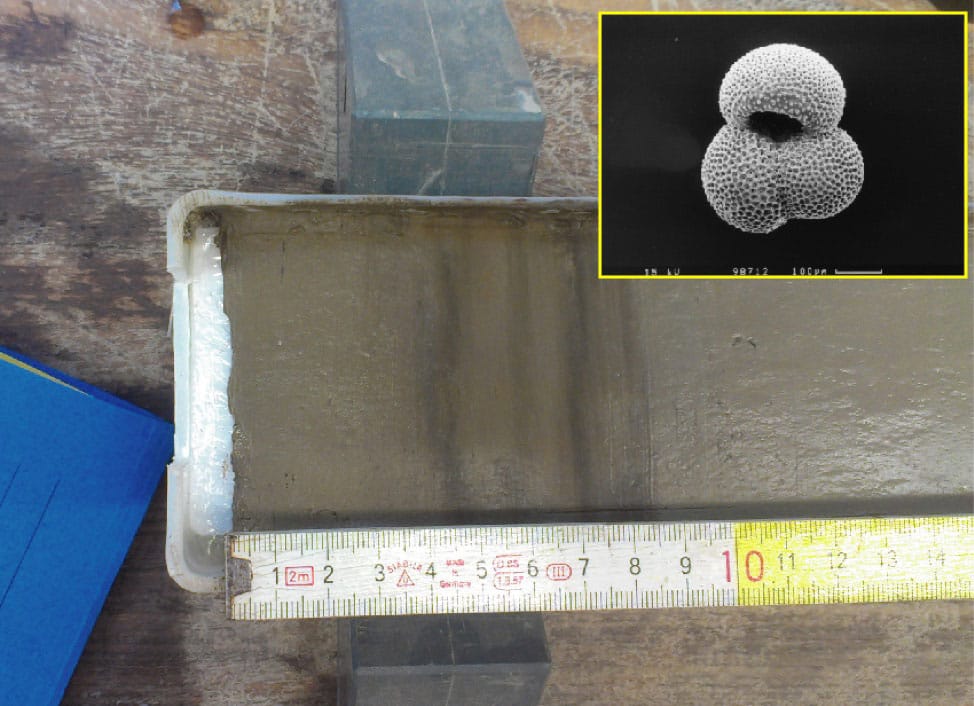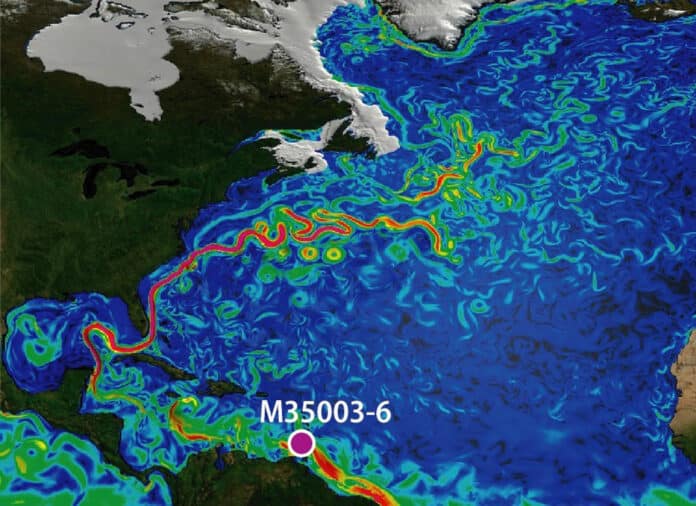Scientists from the Alfred Wegener Institute, Canadian Dalhousie University, GEOMAR Helmholtz Centre for Ocean Research Kiel, Helmholtz Centre for Polar and Marine Research, and MARUM – Center for Marine Environmental Sciences at the University of Bremen have found a link between historical cold periods such as the Little Ice Age and the strength of North Atlantic currents and surface salinity in the Caribbean.
They discovered that longer and stronger cooling periods occurred in the northern hemisphere due to disruptions in the salt distribution to the north. The research validates that salt transfer via ocean currents is a crucial factor in controlling the global climate.
They investigated irregularities in the natural climate, such as the so-called Little Ice Age. In Europe, this cold period spanning from the 15th to the mid-19th century they resulted in poor harvests, starvation, and illness. The fundamental climatic causes of the Little Ice Age are still up for debate despite it being one of the most studied historical periods in recent times.
Although mechanisms in the tropical Atlantic seem just as significant, scientists frequently speculate that increases in sea ice extent and desalination in the subpolar North Atlantic may have been the cause of previous cold spells.

There isn’t as much data on these recent climate events from the subtropical-tropical Atlantic and their effects on regions in the Northern Hemisphere as on the northern and mid-latitudes. This is the significance of this study.
Scientists worked on a sediment profile from the southern Caribbean. They reconstructed the salinity and temperature of the surface water over the last 1700 years. Among other things, the researchers ascertained the elemental and isotopic makeup of the plankton’s calcareous shells.
The findings indicate that during the Little Ice Age, there was a cooling of roughly 1°C. It is a significant temperature change for this region.
Dr Mahyar Mohtadi, co-author of the study and head of the Low Latitude Climate Variability group at MARUM, said, “Particularly noteworthy is the occurrence of another pronounced cooling for the 8th-9th centuries. Colder temperatures in the otherwise warm tropical ocean led to lower regional rainfall, which coincided with severe droughts in the Yucatan Peninsula and the decline of the Classic Maya culture.”
Scientists also found that the weaker ocean circulation and increased salinity in the Caribbean contribute to the cold climate anomalies in the subpolar North Atlantic and Europe.
Dr Henning Bauch, paleoclimatologist at AWI and GEOMAR, co-initiator and co-author of the study, said, “Advection, or the movement of tropical salt to high northern latitudes, is essential for maintaining high surface densities in the subpolar North Atlantic. This is a prerequisite for the overall stability of the large-scale ocean circulation, including the transfer of warm Gulf Stream water, which is responsible for our mild temperatures in Europe.”
Rebuilding the connection across the North Atlantic is thus made possible by the historical data. Volcanic eruptions, low solar activity, and feedback between the northern sea ice and the ocean can contribute to the initial cooling. According to the new study, these climate events will intensify and last longer if salt transport to high northern latitudes decreases.
On the other hand, the subpolar North Atlantic’s surface density will gradually rise due to the gradual migration of positive salinity anomalies from the tropics. This could encourage ocean currents to carry heat northward, resulting in milder temperatures over North America and Europe.
Dr Anastasia Zhuravleva, lead author of the study. She was a Ph.D. student at GEOMAR and said, “Such salinity feedback is known from models and has been assumed for the Little Ice Age. However, in the absence of tropical ocean data, these assumptions have been based on less direct precipitation records.”
Journal Reference:
- Zhuravleva, A. et al. (2023): Caribbean salinity anomalies contributed to variable North Atlantic circulation and climate during the Common Era: Tropical salinification and historical cold anomalies. Science Advances, DOI: 10.1126/sciadv.adg2639
